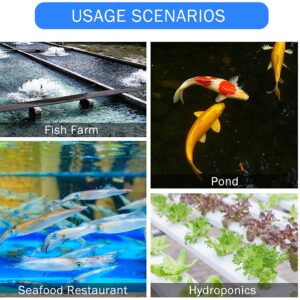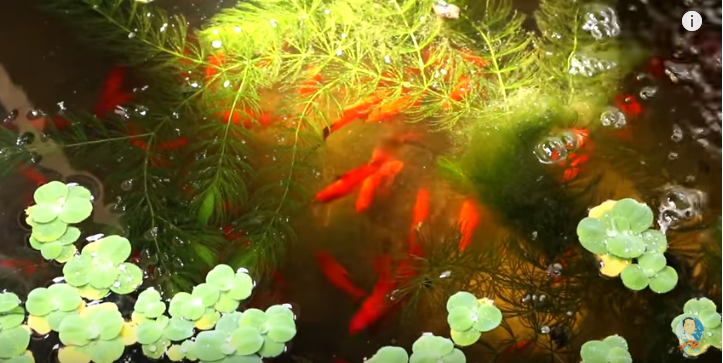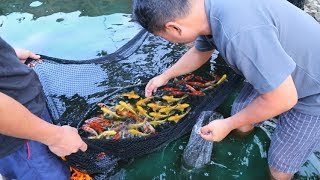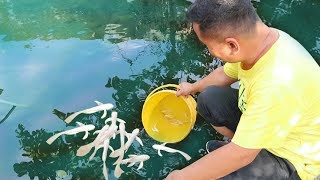Aeration and Filtration in your Fish Tank
Just like any other form of life, fish need oxygen. Not having lungs, they breathe through their gills, “breathing” in the dissolved oxygen that is present within the water. In a small body of water, like a home aquarium, the oxygen in that water can be depleted fairly quickly-leaving your fish gasping for air and unable to breathe. It seems odd for a fish, but if this happens, they will have suffocated under water.
The home aquarist or fish keeper keeps his fish alive by circulating the water. This can be done with just a simple air pump or power head, but most systems add a filtration component to help clean the water at the same time. We’ll take you through the various options and you can decide which method will work the best for you as I also share mine, which I can say, works best for me.
The easiest option is just a small air pump and airstone. For just a couple of dollars, you can get everything you need for a small tank. For aquarium owners, bubble “wands” or “curtains” can even be placed at the back of your tank for a more decorative effect. This setup supplies your fish with the oxygen that they need, but does nothing to remove contaminants from your tank.
The next option is the “powerhead”. A powerhead is basically a submersible motor that is generally mounted on the side or the back of the aquarium. It jets the water into the tank, circulating the water and adding a bit of oxygen to it by means of an attached air hose. Like the air pump, this system does no filtration, but it does create a current and prevents some of the sediments from settling at the bottom of your tank. Some fish thrive in a current; some prefer more placid water, so make sure that your particular type of fish enjoys a current before you install this system.
The most common option is the simple “hang on the back” filter. This type of filter contains a small electrical motor that siphons water out of your tank and into the filter body, where it runs through a cloth or sponge filter pad, and then trickles back into the tank like a waterfall.
On the plus side, this type of set up cleans your tank while it adds oxygen to your system, as well as establishing a place for a bacterial filter to reside. You can also add charcoal to the filter pouches to help filter out odor. On the down side, some people find the trickling water to be noisier than they want to deal with. Plus, the filter pads need to be replaced on occasion, so there are maintenance costs to bear.
The last option is the canister filter. This set up is fairly similar to the (HOB) filter, though more expensive. The motor and large canister sits outside of your tank although it works similarly to the (HOB). It draws water out of your tank, runs it through the filters in the canister and then drives it back into the tank. Since the returning water does not fall into the tank, generally, the canister contains an airline set up similar to the one in a powerhead to put oxygen bubbles into your system. This system is the one that I used in my larger tanks and it works best for me.
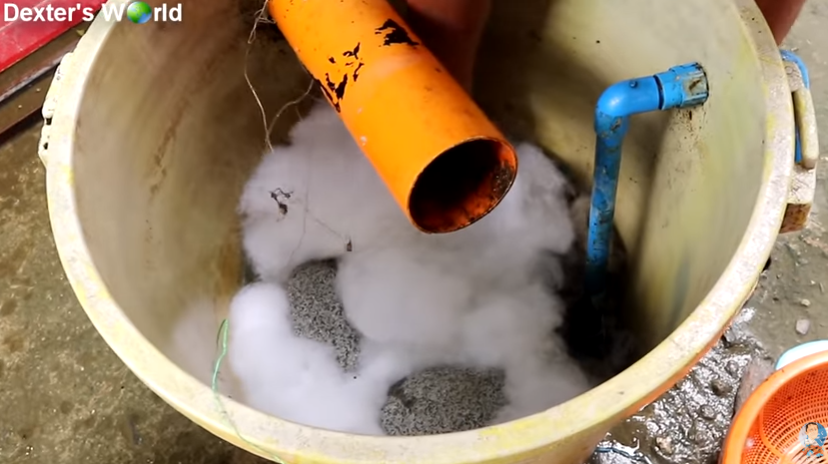
These filters are the most expensive option. On the bright side, they are very quiet, they are suitable for larger tanks and they don’t need to be cleaned as frequently as the regular (HOB) style. On the down side, they are much harder to clean when it is time to clean them; they fill up with the detritus from your tank and the only real way to get rid of it is to carry the canister to a drain and pour it out. The video shows how I did the cleaning.
All of these systems will do the job, so you’ll have to figure out which of these options works best for you. Some aquarists even employ two or three options in the same tank so they have a back up if one of them fails. Start with the cheapest option, and work your way up. Your fish will thank you!
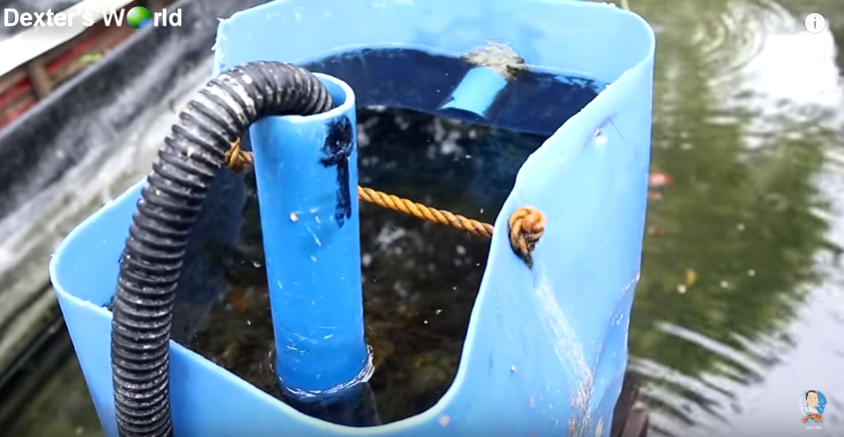
For more tank accessories you might need, you may check out our website for available items.



